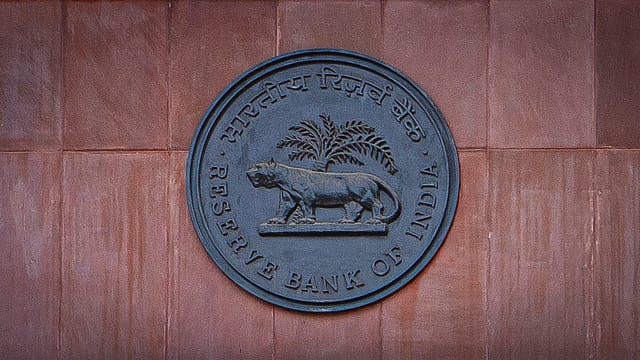RBI group recommends tighter rules for states while giving guarantees
ADVERTISEMENT

The Reserve Bank of India (RBI), in its latest report of the working group on state government guarantees, has called for tighter norms for state governments while giving guarantees. The recommendations by the RBI working group aim to facilitate better fiscal management by the states.
The report titled ‘Report of the Working Group on State Government Guarantees’ says the word ‘guarantee’ should include all instruments, which create an obligation, contingent or otherwise, on the part of the state governments.
"The word ‘Guarantee’ should be used in a broader sense and may include instruments, by whatever name they were called, if these create an obligation on the part of the Guarantor (State Government) for making payment on behalf of the borrower (State Enterprise) at a future date, contingent or otherwise," the 41-page report on state government guarantees says.
The working group's recommendation says the states must provide a clear "purpose" for which government guarantees should be issued.
"Purpose for which Government Guarantees may be issued, should be clearly defined in line with Rule 276 of General Financial Rules, 2017 (GoI, 2017), to ensure the financial viability of projects or activities undertaken by Government entities with significant social and economic benefits; to enable state public sector entities to raise resources at lower interest charges or on more favourable terms; to fulfil the requirement in cases where state guarantee is a precondition for concessional loans from bilateral/ multilateral agencies to the borrowing entities."
January 2026
Netflix, which has been in India for a decade, has successfully struck a balance between high-class premium content and pricing that attracts a range of customers. Find out how the U.S. streaming giant evolved in India, plus an exclusive interview with CEO Ted Sarandos. Also read about the Best Investments for 2026, and how rising growth and easing inflation will come in handy for finance minister Nirmala Sitharaman as she prepares Budget 2026.
The government guarantees should, however, not be used to obtain finance through state-owned entities, which substitute budgetary resources of the state government.
Also, state governments may consider fixing a ceiling for incremental guarantees issued during a year at 5% of revenue receipts or 0.5% of gross state domestic product, whichever is less. "Nominal value of guarantees as compared to their risk-weighted value may be used for arriving at the ceiling linked to total revenue receipt or GSDP, as the case may be," says the group recommendations.
The RBI group says state governments may also consider charging a minimum guarantee fee of 0.25% per annum for guarantees extended and additional risk premium may be charged based on the risk category and the tenor of the underlying loan.
"The Guarantee fee should also be linked to the tenor of the underlying loan."
On publishing or disclosing data relating to guarantees, the RBI working group has recommended the state governments may do so as per the IGAS recommended by the Centre (GoI, 2010), which CAG can also use for audit and by RBI for its annual publication ‘state finances: a study of budgets’.
Notably, during the 32nd conference of the state finance secretaries on July 07, 2022, it was decided to constitute a working group comprising members drawn from the Ministry of Finance; the Comptroller and Auditor General of India; and some states. The group was supposed to prescribe a "uniform guarantee ceiling" for the states; a uniform reporting framework for the guarantees given by the states; assessing the adequacy of states’ contribution to the Guarantee Redemption Fund.
A guarantee is a “potential future liability” that is contingent on the occurring of an unforeseen future event. If these liabilities get crystallised without having an adequate buffer, it may lead to an increase in expenditure, deficit, and debt levels for the State Government.
